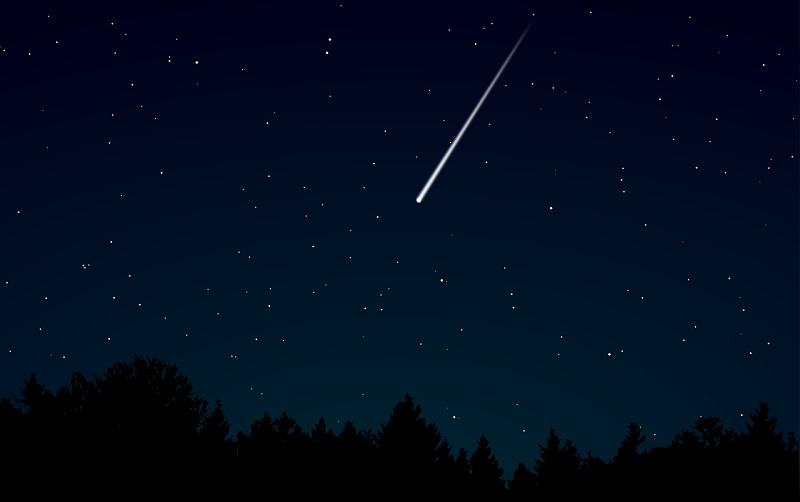The listed co-ordinates will bring you to the entrance to the South African Museum and Planetarium. There is a fee to enter the museum (see below) and there are limited operating hours (see below).

SOUTH AFRICAN MUSEUM
- Operating hours: Daily from 09h00 to 17h00
- Closed on: Workers' Day and Christmas Day
- Tel: +27 (0)21 481 3800
- Location: 25 Queen Victoria Street, Gardens, Cape Town
- Adults R30
- 6-18 years R15
- SA Students and pensioners R15
- Family Ticket (2 adults & 2 children) R75
- *Under 5’s enter for free (*excluding Planetarium. See Planetarium for pricing)
PLANETARIUM
- Opens from Tuesday to Sunday from 09h00 to 17h00 and Wednesday evenings at 19h00
- Closed On Mondays for research, Workers' Day, Christmas Day (excluding school holidays)
- Tel: +27 (0)21 481 3900
- Adults (19 years and older) R60
Children, students and SA Pensioners R30
The Plantarium costs are for shows that are run daily inside the Digital Dome, and which are really worth attending if you have the time. There is a show daily during the week at 14h00, and shows at 19h00 and 20h00 on Wednesday evenings only. On Saturdays and Sundays there is a kids show at 12h00, a Sky Tonight show at 13h00 and other shows at 14h00 and 15h00.
Click here for more information on current shows and show times.

You do not need to enter the Digital Dome or view a show to do this Earthcache, but you will be required to enter the museum.
Once inside the museum, head toward the Planetarium on the right. You will pass by the cafe and climb some stairs. At the top of the stairs is a display area, which houses two meteorites. It is on these two meteorites that this Earthcache is based.
WHAT ARE METEORITES?
Meteorites are solid pieces of debris from an object like a comet or asteroid, that originates in outer space and survives its passage through the atmosphere to reach the surface of a planet or moon. When an object such as an asteroid enters Earths' atmosphere, friction, pressure and chemical interactions with atmospheric gases cause it to heat up and radiate energy. It forms a fireball and becomes known as a meteor or shooting star. If a meteor does not fully burn up in the atmosphere and reaches the Earths' surface, it becomes a meteorite. Meteorites can vary greatly in size, with some large enough to create a crater on the planet or moons' surface. Meteorites have traditionally been divided into three broad categories: stony meteorites that are rocks, mainly composed of silicate minerals; iron meteorites that are largely composed of metallic iron-nickel; and stony-iron meteorites that contain large amounts of both metallic and rocky material.
WHAT DO WE KNOW ABOUT THESE TWO METEORITES?
The Rateldraai Meteorite was found on the farm 'Rateldraai' and was donated to the museum by the farm owner. It weighs 550kg and is composed of siderite.
The Kouga Meteorite was discovered on a peak in the Kouga Mountains near Humansdorp and is also composed of siderite.
WHAT IS SIDERITE?
Siderite is a mineral composed of iron carbonate. It therefore common in iron meteorites.
In order to qualify to log this Earthcache, please send your answers to the following questions to the CO by email or using the message board within a reasonable time frame after logging your find.
QUESTIONS
1. What is a meteorite?
2. Touch the meteorites on display and describe what the Rateldraai and Kouga meteorites feel like, noting any differences you observe between the two.
3. Who donated the Kouga Meteorite?
4. Although optional, it would be great if you could post a picture of yourself anywhere outside or inside the museum or planetarium.